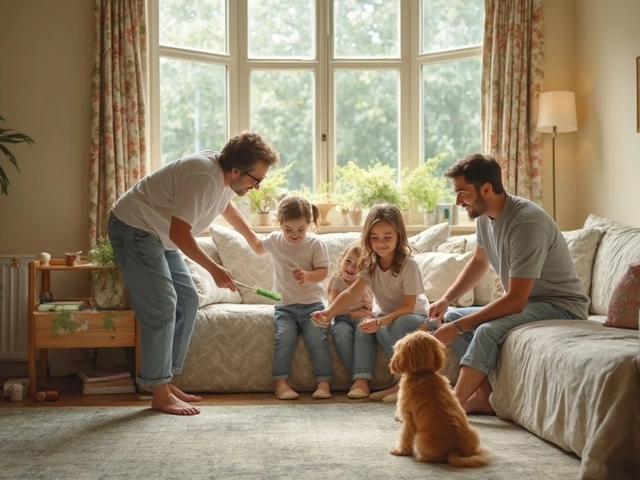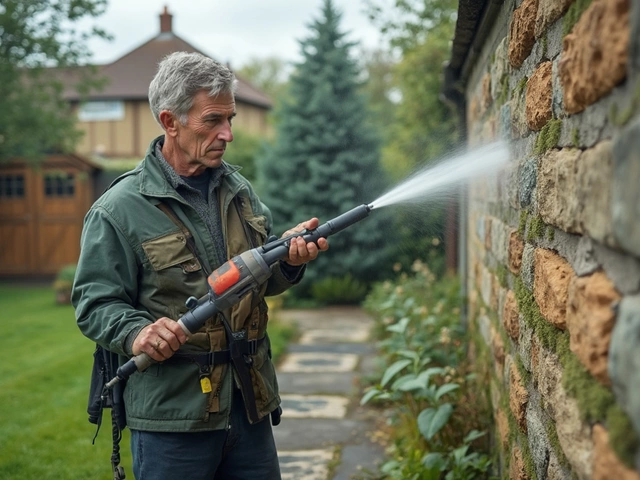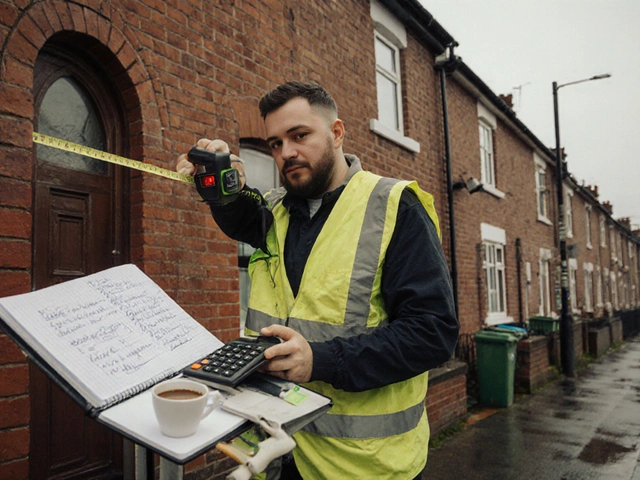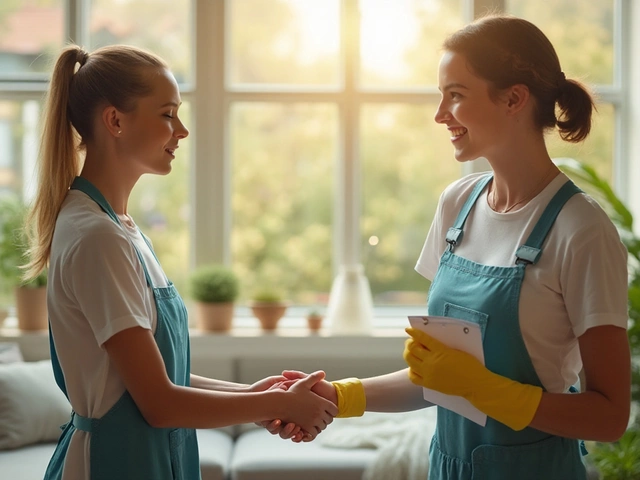Ever stood in front of a shelf full of “green” and “natural” cleaners and wondered if it’s all just marketing? You’re not alone. Companies love slapping eco-words on bottles, but not every cleaner is good for the planet—or for you.
What actually makes a cleaner environmentally friendly? It comes down to what’s inside the bottle, how it’s made, and what happens once it goes down the drain. If you care about air quality in your home, toxic chemicals, or waste, you’ve got to check more than just the fancy green label.
Here’s a little tip: Always flip the bottle and peek at the ingredients. If you see words you can’t pronounce or recognize, that’s a red flag. Biodegradable, plant-based ingredients are a much safer bet—for the earth and your skin.
- Eco-Friendly Cleaners: What Really Matters
- Breaking Down Ingredients
- Green Labels: Trick or Truth?
- Certifications Worth Trusting
- Simple Swaps and DIY Fixes
Eco-Friendly Cleaners: What Really Matters
So what’s the secret to knowing if you’ve actually got a eco-friendly cleaner in your hands? It’s all about what goes into the bottle, how it’s made, and whether your cleanup helps or hurts the world around you.
First off, real eco-friendly cleaners skip things like chlorine bleach, phosphates, and artificial dyes. These ingredients hang around in the environment and can pollute waterways or harm living things long after you’ve finished scrubbing the kitchen.
"A truly green cleaner does less damage from production to disposal," says the Environmental Working Group (EWG). "Look for biodegradable, plant-based surfactants and avoid products with ‘fragrance’ as an ingredient, which can hide hundreds of chemicals."
If you’re curious about how much difference it makes, just check out some numbers:
| Regular Cleaner | Eco-Friendly Cleaner |
|---|---|
| May contain up to 20% volatile organic compounds (VOCs) | Less than 1% VOCs or none at all |
| Phosphates often present | Phosphate-free |
| Artificial dyes and fragrances | No synthetic coloring or hidden ingredients |
The less junk in the formula, the less you risk ending up with skin irritation, breathing issues, or pollution down the pipes. Here are some simple things to look for when shopping:
- Biodegradable or plant-based ingredients listed clearly
- No chlorine, ammonia, or phosphates
- Non-toxic packed right on the label, not hidden in fine print
- Minimal packaging, ideally recyclable
It really comes down to transparency. If a brand is proud of their ingredients, they’ll put them on the front, not hide them on the back.
Breaking Down Ingredients
When you’re scoping out a cleaner, the ingredients list is where the truth usually hides. Companies love to brag about their natural label, but a quick scan of what’s actually inside gives you the real story. Look for recognizable stuff—like vinegar, citric acid (from lemons), baking soda, or soap made from plants. That’s the kind of lineup you want for a eco-friendly cleaner.
Here’s what you don’t want to see:
- Phosphates: These used to be everywhere because they break up grime fast. Now we know they wreck rivers by feeding algae, which suffocates fish. Best to avoid.
- Ammonia and chlorine bleach: Sure, they kill germs, but both are rough on lungs and bad for indoor air.
- Fragrance and dyes: Companies just list these as “fragrance” or “parfum,” but you don’t know what’s actually in there. These can trigger allergies or headaches.
- Quats (quaternary ammonium compounds): These are used in disinfecting wipes and sprays, but they take a long time to break down and can cause skin problems.
“If you can’t pronounce it, maybe skip it,” says the Environmental Working Group, a nonprofit that rates household products for safety.
“Natural doesn’t mean safer. Always check for ingredient transparency, not just buzzwords,” Environmental Working Group, 2024 Guide.
If the company is keeping it real, they’ll openly tell you what’s in the bottle, sometimes even online with full ingredient breakdowns. Ingredients like sodium carbonate (baking soda), vegetable-based surfactants, and plant oils are a green light. If the label is vague, odds are they’re hiding something harsh.
One more pro tip: just because it’s plant-based doesn’t always mean it’s non-toxic. Tea tree oil, for example, is natural, but can be unsafe for pets like cats. So it pays to get specific, especially if you’ve got kids or animals crawling around on your floors.
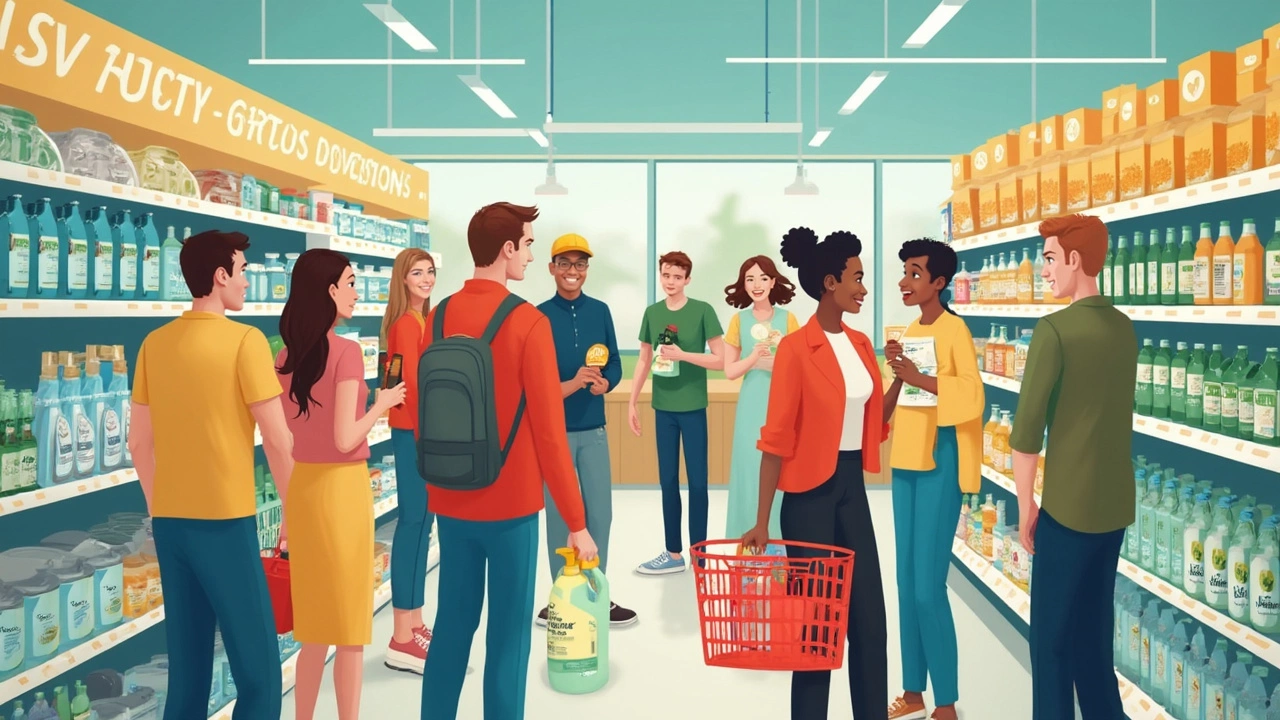
Green Labels: Trick or Truth?
It’s wild how fast “eco-friendly” and “green” labels took over the cleaning aisle, right? But those buzzwords don’t guarantee a safe or truly green product. In fact, there’s no big government rule about who gets to slap an eco-label on their bottle in the US. That means lots of brands jump on the trend, hoping you won’t look too close.
Here’s where ‘greenwashing’ kicks in. Companies make products look cleaner and safer for the environment than they actually are, just by using clever marketing or design. Some even stick leaves on the logo—classic move. But while the outside screams healthy planet, sometimes the inside tells a different story.
- Terms like “natural,” “green,” or “eco-friendly” have no real legal definition for cleaning supplies.
- If you’re not seeing full ingredient lists, that’s a pretty bad sign—honest brands tell you exactly what’s inside.
- Look for products that explain why they’re green, not just ones with earthy-looking packaging.
Ever heard of the eco-friendly cleaner called Simple Green? Sounds harmless, right? Turns out, some of their earlier formulas had chemicals that weren’t so great for water life. After people started checking the details, Simple Green switched things up. That’s a perfect example of why reading past the front label matters.
Here’s some numbers that make it clear why you should pay attention:
| Label Term | Regulated? | Common Misuse (%) |
|---|---|---|
| Green | No | 44 |
| Eco-Friendly | No | 39 |
| Natural | No | 53 |
Basically, if a bottle’s making eco-claims but won’t back it up, that’s your sign to look elsewhere. Certifications from trusted groups (like EPA’s Safer Choice) are a better bet. If the label looks earthy but the facts seem fuzzy, it’s alright to put the bottle back and try another brand.
Certifications Worth Trusting
No one has time to memorize every ingredient in every bottle. That’s where reliable certifications come in. These logos help you spot real eco-friendly cleaner products, not just clever marketing. But all badges aren’t created equal—some mean a lot, others barely mean a thing.
If you’re shopping and want to keep it green, focus on these top trusted certifications:
- EPA Safer Choice: This is probably the easiest one to find in the U.S. If you see it, it means the product’s ingredients have been checked for safety on humans and the environment. Plus, the label shows the item is effective—so you’re not just getting fancy water.
- Green Seal: This badge says the cleaner meets strict health and environmental standards. Green Seal checks the whole lifecycle, from how ingredients are sourced to what happens after it leaves your home. It’s more about the big picture, not just a single test.
- Ecologo: You’ll spot this one often in Canada and on many U.S. shelves. This certification covers everything, from manufacturing to packaging to use and disposal. If you’re after all-around sustainability, Ecologo is a solid bet.
Be careful with words like "natural" or "biodegradable" by themselves. Unless there’s an actual third-party certification to back it up, those words aren’t regulated and don’t really guarantee anything. Real certifications mean the product has been independently checked—not just designed to sound green.
If you want to be extra sure, check the certifier’s website. They usually list tested products so you can double-check if that “green” bottle is the real deal. This can help you avoid greenwashing and keep your cleaning choices honest.
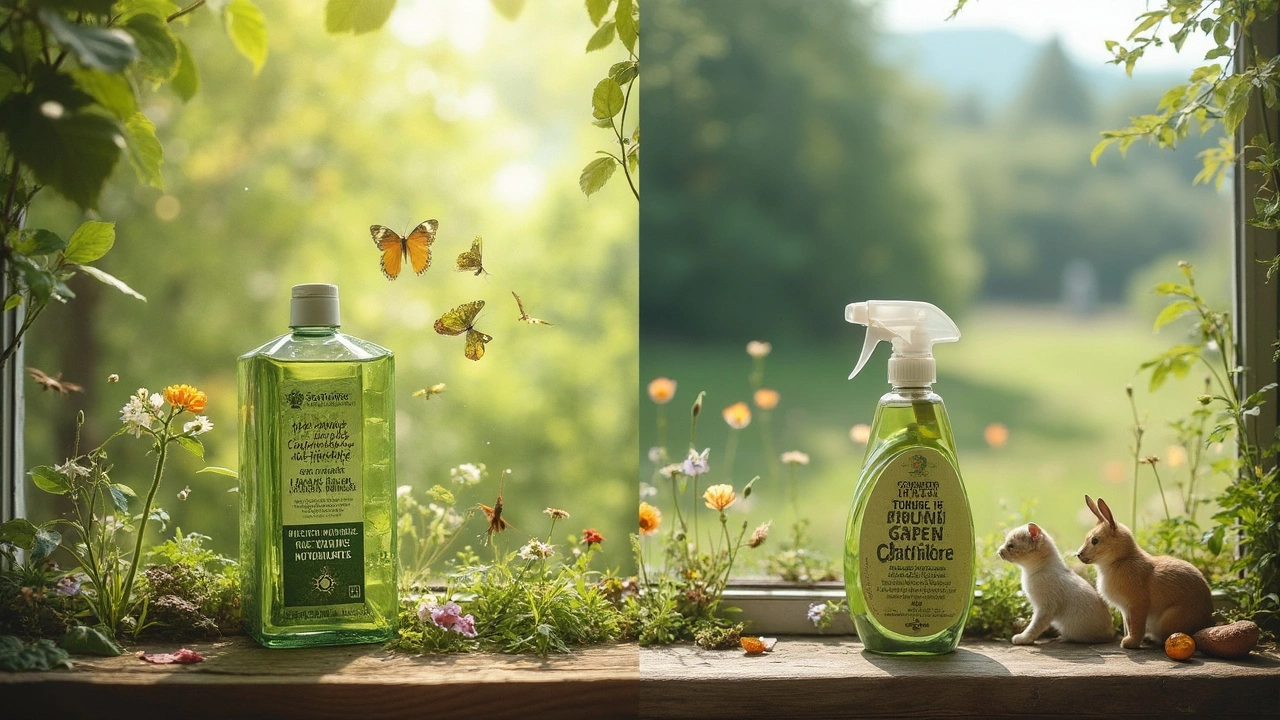
Simple Swaps and DIY Fixes
Searching for ways to cut down on harmful cleaning stuff without giving up on a clean home isn’t as hard as it sounds. Swapping out your usual cleaning products for simpler, safer options is one of the easiest ways to make a difference. Here’s where the magic really happens: most effective, eco-friendly cleaners are already sitting in your pantry.
Vinegar, baking soda, and lemon juice sound basic, but together they tackle nearly every job. For example, vinegar breaks down grease and disinfects, while baking soda scrubs grime without scratching surfaces. Lemon juice not only fights bacteria but leaves a fresh smell behind. No crazy chemicals needed.
If you want to start switching up your routine, try these practical swaps:
- Glass cleaner swap: Mix 1 part vinegar with 1 part water in a spray bottle. Wipe with a microfiber cloth for streak-free windows.
- All-purpose spray: Combine 2 cups water, 1 tablespoon baking soda, and a few drops of liquid soap. Shake before each use.
- Deodorize carpets: Sprinkle baking soda lightly, let it sit for 15 minutes, then vacuum it up. Traps odors without fake scents.
- Mop floors: Add ½ cup vinegar to a bucket of warm water. It cleans tile, linoleum, or sealed wood safely.
These swaps aren’t just better for the planet—they’ll save you money, cut back on plastic waste, and reduce the risk of skin and breathing issues at home. If you’re into numbers, check out how a few common ingredients stack up compared to usual store-bought products:
| Cleaner type | Cost per use (avg.) | Plastic packaging | Air quality impact |
|---|---|---|---|
| DIY Vinegar Glass Cleaner | $0.10 | Reusable bottle | None |
| Commercial Glass Cleaner | $0.30 | Single-use plastic | May emit VOCs* |
| Baking Soda Carpet Deodorizer | $0.15 | Cardboard box | None |
| Store-Bought Carpet Spray | $0.80 | Plastic aerosol can | High (usually contains fragrances) |
*VOCs = volatile organic compounds, known to impact indoor air quality.
Small swaps like these add up. You’re not just cleaning—you’re voting with your dollars and your habits for a safer, smarter home.
